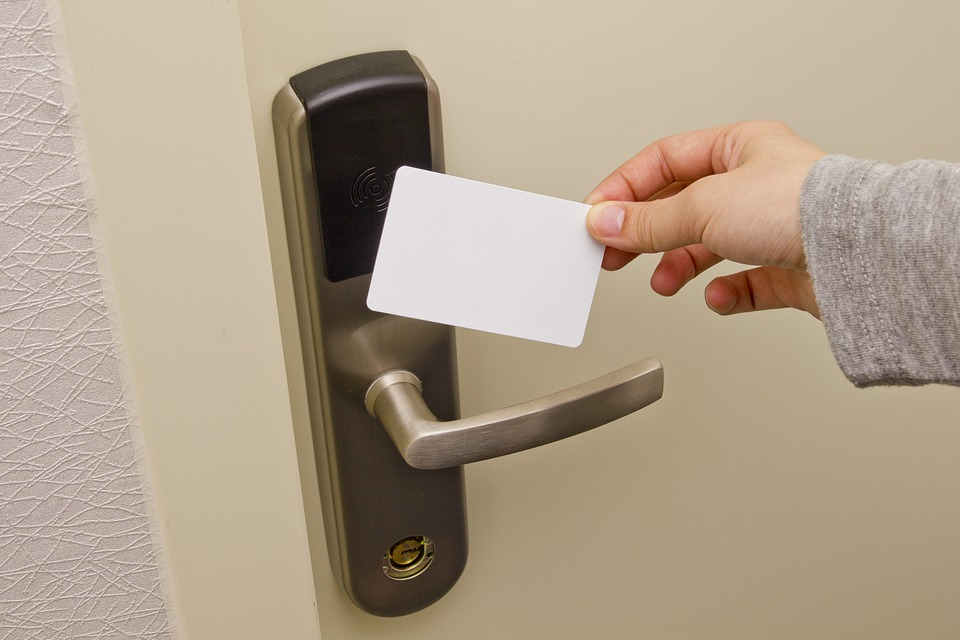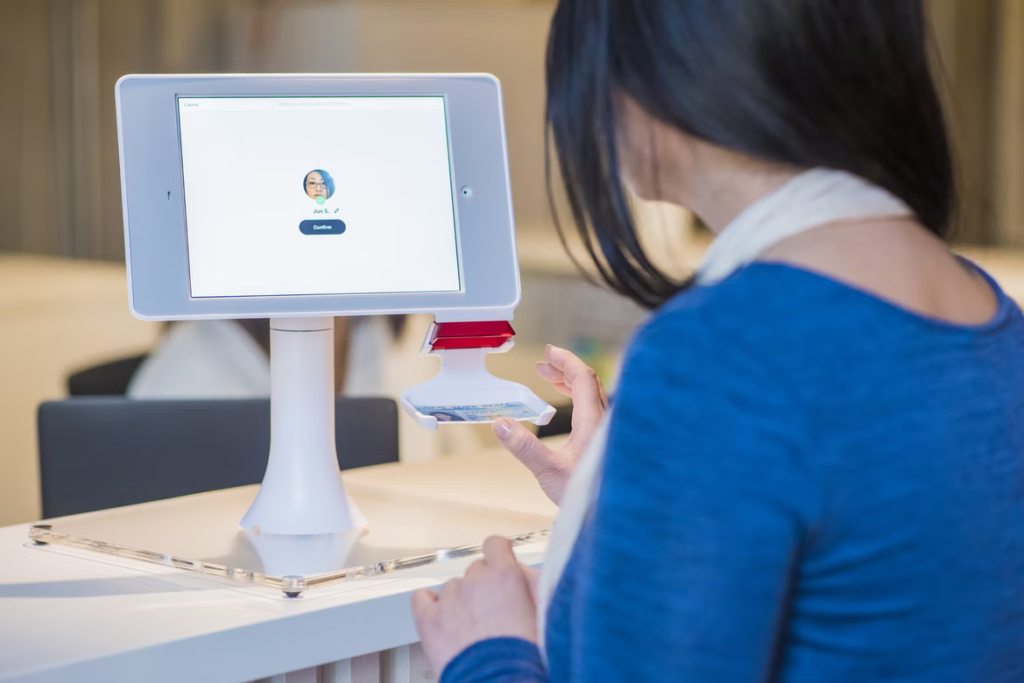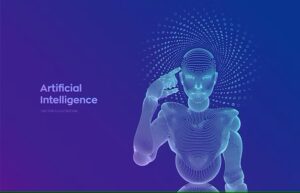
Access control systems have traditionally been antithetical to the ease of mobility. The more security protocols people have to contend with when accessing a secured space, the more time it takes for employees to move between spaces. To be fair, this is partly by design. After all, security systems are all about restricting unauthorized access.
However, as a byproduct of these measures, even authorized personnel tend to be inconvenienced. While the former is certainly necessary and desirable, the latter isn’t. Impeding your own people from easily accessing the areas they need to can result in everything from productivity issues to workplace dissatisfaction.
The good news is effective security and a smooth workflow don’t have to be mutually exclusive. A modern approach to access control can ensure you’re able to secure your facility as well as provide your staff and stakeholders with a positive on-site experience.
Traditional Security Systems
Run-of-the-mill security checks include input systems like badge readers, touchpads, mobile OTPs, and even, bless them, locks and keys. There’s no doubt that at some point these systems were at the forefront of technology. However, today, these are often considered outdated and can even be counterproductive.
For instance, if someone were to forget their keys or staff badge, they’d be locked out of the premises. They’d have to wait for your security personnel to come in and spend time resolving the issue. It’s also not that hard for an intruder to gain access to your building if all they had to do was steal an ID card. This means that not only is this system inconveniencing your staff, it’s also not doing its primary job of securing your premises.
Enter biometric access control systems. Rather than using a physical token that could easily be misplaced, these systems analyze biometric characteristics unique to each individual, such as their voice, fingerprints, retinas, and facial features. Facial authentication, in particular, can be incredibly effective in helping establish a secure workplace that’s easy to move around in.

What Is Facial Authentication?
Facial authentication is a way of identifying or confirming whether a user is authorized to enter a space, while still preserving their privacy and consent. This technology can map points on an individual’s facial features, and confirm whether they belong to an authorized person or not. Facial recognition, on the other hand, will simply log user’s faces and store that data. Whether the user has consented for their PII to be collected or if that data is truly secure cannot be assured.
Facial authentication systems, combined with AI and machine learning algorithms, have redefined physical security for organizations worldwide. For one thing, it ensures privacy and consent while accounting for any changes to appearance. For another, it maintains much smoother navigation, and doesn’t require people to remember a code or to carry a physical token with them.
How Does Facial Authentication Work?
- Face Detection: A camera detects one or multiple faces positioned within its field of view.
- Face Analysis: An image of the presented face is captured and analyzed. The software evaluates the geometry of the face and identifies facial landmarks to establish valid matches.
- Image Processing: The captured image is converted from its analog form to digital data or a faceprint. Each individual has a unique faceprint. This data is military-grade encrypted, and cannot be sourced back to the individual’s PII.
- Establishing a Match: The faceprint is compared to a host of other faceprints stored in the system’s database. If it matches one of the stored profiles, the person is granted entry.
Facial authentication systems are a reliable and incredibly accurate way of confirming access. The best facial algorithms have an error rate of as less as 0.08%. Just as importantly, they can enable autonomous access control for your employees. This is essentially a “self-driving” security solution that doesn’t require external objects or third-party interference. It can significantly improve ease of movement throughout the premises for authorized personnel.
How Facial Authentication Improves Workflow
There are a number of ways facial authentication security systems can contribute to improved mobility and on-site experience for your employees:
- Autonomous and Real-Time
The biggest advantage of implementing facial authentication is that it removes the need for external factors. Your employees don’t need to remember a password, bring an ID badge, or even their smartphone. This can make movement within your building significantly easier, especially if your facility is divided into areas with varying levels of security.
Moreover, it’s a fast and effective technique that relies on real-time authentication, affording your users access without delay.
- COVID-19 Protocols
Touchless security systems are increasingly becoming the norm since the advent of COVID-19 to help prevent the spread of disease. Users across the world are showing a willingness to increase touchless interactions even after the pandemic, including as many as 68% of respondents in China. Healthcare facilities, in particular, need to enforce COVID-19 protocols such as touch-free movement and mask-wearing to preserve sanitation.
- AI-powered 3D Facial Mapping
3D facial mapping backed up by deep neural networks can vastly improve identification accuracy and provide a smoother experience for users. AI-powered 3D sensors aren’t affected by changes in lighting and can identify a face from a wide range of viewing angles, such as profile view.
- Tailgating Detection
Facial authentication systems with a wider scanning range and field of view can help prevent tailgating by auto-tagging users and issuing admin alerts, thereby eliminating the need for physical security guards at every access point.
- Multi-Factor Authentication
Facial authentication systems can also be combined with traditional access control tokens like badge readers and touchpads for a multi-factor authentication solution. This can greatly improve the security of your facility and can even be selectively implemented for certain sensitive areas to preserve the ease of mobility everywhere else.

- Data Privacy
Facial authentication is not facial recognition. This means it does not store personally identifiable information, such as names and birthdates. With the right system, users can create anonymous biometric profiles and choose to voluntarily opt-in. This addresses a key concern that most facial authentication users have around data privacy and surveillance and offers them a more comfortable experience within your facility.
For most enterprises, especially those in sensitive industries, the transition to touchless biometric security systems is a question of when not if. Just the facial recognition industry, for instance, is expected to grow at an incredible CAGR of 15.4% until 2028 and be worth over $12.6 billion by then. Staying ahead of the curve can help your organization preempt security challenges as well as deliver positive workplace experiences for your employees and visitors.





